Home>Ideas and Tips>Home Office Bias Lighting Installation to Reduce Eye Strain
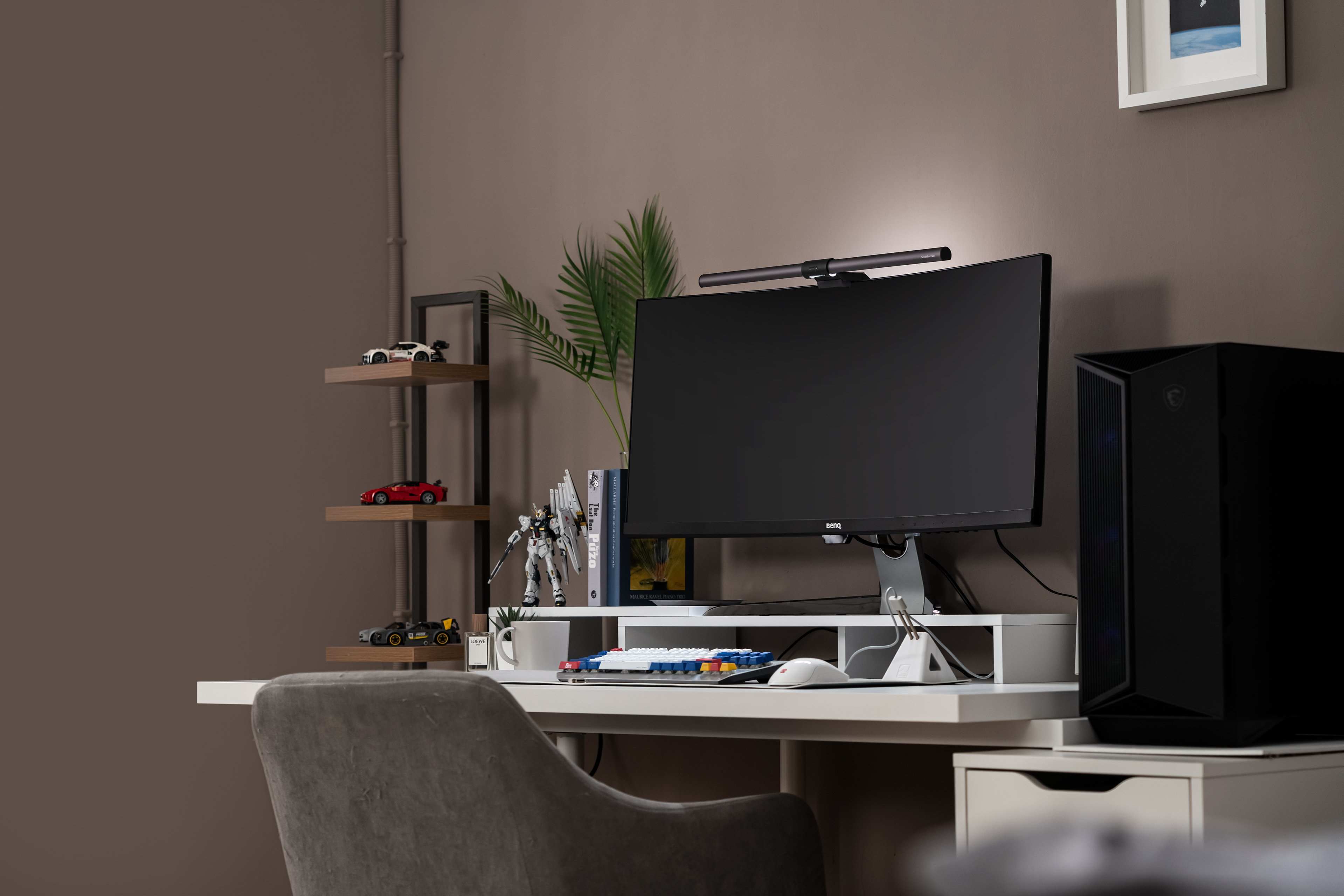

Ideas and Tips
Home Office Bias Lighting Installation to Reduce Eye Strain
Published: September 18, 2024
Learn how to install bias lighting in your home office to reduce eye strain, improve comfort, and enhance your viewing experience.
(Many of the links in this article redirect to a specific reviewed product. Your purchase of these products through affiliate links helps to generate commission for Storables.com, at no extra cost. Learn more)
Introduction
Working from home has become increasingly common, and many of us spend a significant portion of our day in front of a computer screen. While this setup offers flexibility and comfort, it also poses a significant risk to our eye health. Prolonged exposure to digital screens can lead to eye strain, headaches, and even long-term vision problems. One effective solution to mitigate these issues is the installation of bias lighting in your home office. In this article, we will delve into the world of bias lighting, explore its benefits, and provide a step-by-step guide on how to install it in your home office.
Understanding Eye Strain
Eye strain, also known as computer vision syndrome (CVS), is a common condition that arises from the intense use of digital devices. Symptoms include sore, tired, burning, or itching eyes; watery or dry eyes; blurred or double vision; headaches; and sore neck, shoulders, or back. These symptoms can be particularly problematic for individuals who spend extended periods in front of a computer screen.
The primary causes of eye strain are:
- Prolonged Screen Time: Staring at a digital screen for extended periods can cause your eyes to work harder.
- Inconsistent Lighting: Working in environments with inconsistent lighting levels can strain your eyes as they constantly adjust to different levels of brightness.
- Glare and Reflections: Direct overhead lighting and reflections from the screen can create glare, further exacerbating eye strain.
What is Bias Lighting?
Bias lighting is an external light source placed behind your viewing surface to provide a consistent reference point for your eyes. This type of lighting reduces the stark contrast between the bright screen and the dark room, easing the strain on your eyes. By creating a soft, indirect light that illuminates the wall behind your TV or monitor, bias lighting helps to:
- Reduce Pupil Dilation: Constantly adjusting to different lighting levels causes your pupils to dilate and constrict repeatedly, leading to muscle fatigue. Bias lighting provides a more neutral reference point, reducing this constant adjustment.
- Improve Contrast: By adding ambient light, bias lighting enhances the color contrast on your screen, making content look more vibrant and reducing the need for your eyes to work harder.
Benefits of Bias Lighting
- Reduced Eye Strain: The most significant benefit of bias lighting is its ability to reduce eye strain. By providing a consistent ambient light, it minimizes the need for your eyes to constantly adjust between bright screens and dark environments.
- Improved Viewing Experience: Bias lighting enhances the overall viewing experience by improving color contrast and reducing glare. This makes it easier to focus on the content without distractions.
- Enhanced Comfort: Working in a well-lit environment with bias lighting can significantly improve your comfort levels. It reduces the risk of headaches and other symptoms associated with prolonged screen time.
How to Choose the Right Bias Lighting
When selecting bias lighting for your home office, there are several factors to consider:
- Color Temperature: The color temperature of your bias lighting should match or complement the color temperature of your screen. Most modern screens operate in the 6000-6500K range, so a bias lighting kit with adjustable color temperature is ideal.
- Brightness: Ensure that the brightness of your bias lighting is not too high, as it can wash out the image on your screen. A medium to low brightness setting is usually sufficient.
- Type of Lighting: You can choose between LED strips, bulbs, or even specialized bias lighting kits designed specifically for monitors and TVs.
Step-by-Step Guide to Installing Bias Lighting
Installing bias lighting in your home office is a straightforward process that can be completed with minimal technical expertise. Here’s a step-by-step guide:
-
Choose Your Bias Lighting Kit: Select a bias lighting kit that suits your needs. Consider factors like color temperature, brightness, and type of lighting (LED strips or bulbs).
-
Measure Your Space: Measure the width and height of the wall behind your monitor or TV to determine how much bias lighting you need.
-
Prepare the Wall: Clean the wall thoroughly to ensure a smooth installation process.
-
Install the Bias Lighting Kit:
- If using LED strips, peel off the adhesive backing and stick them to the wall behind your monitor or TV.
- If using bulbs, screw them into a socket or use a plug-in adapter.
- Adjust the brightness and color temperature according to your preferences.
-
Test the Installation:
- Turn on the bias lighting and adjust it until it provides a soft, indirect glow.
- Ensure that the light is not too bright or too dim; it should be just enough to create a comfortable viewing environment.
-
Adjust for Optimal Viewing:
- Experiment with different settings to find the perfect balance between screen brightness and ambient light.
- Consider using a dimmer switch if you have a plug-in bias lighting kit to adjust the brightness easily.
Additional Tips for Reducing Eye Strain
While bias lighting is an effective solution, there are other tips you can follow to reduce eye strain:
- Follow the 20-20-20 Rule: Every 20 minutes, look away from your screen and focus on something 20 feet away for 20 seconds.
- Adjust Screen Settings: Lower the brightness and contrast of your screen to reduce glare and reflections.
- Position Your Monitor Correctly: Place your monitor directly in front of you at a comfortable distance, with the top of the screen at eye level or slightly below.
- Blink Regularly: Make a conscious effort to blink regularly while working on your computer to keep your eyes moist.
- Take Breaks: Take regular breaks to stretch and move around, reducing prolonged sitting and eye strain.
Conclusion
Bias lighting is a simple yet effective solution for reducing eye strain in home offices. By providing a consistent reference point for your eyes, it minimizes the need for constant adjustments between bright screens and dark environments. With its numerous benefits, including improved viewing experience and enhanced comfort, bias lighting is an essential addition to any home office setup. By following the steps outlined above and combining it with other eye care practices, you can create a healthier and more comfortable working environment that promotes productivity without compromising your eye health.
References
- Margaret Copeley, MEd. "Increasing Eye Comfort for Writers, Editors, and Others Who Work in Intensive Text Environments." Glarminy, October 29, 2016.
- "Bias Lighting: The key to reducing eyestrain and enhancing your viewing experience." Blog by Jasco, [PDF].
- "Using Bias LED Lighting To Reduce Eye Strain." Lighting Inc., [Blog Post].
- Jeff Atwood. "Bias Lighting." Coding Horror, November 7, 2011.
- "What is bias lighting and should you have a light behind your monitor?" BenQ Knowledge Center, November 18, 2022.
By incorporating bias lighting into your home office setup, you can significantly reduce eye strain and create a more comfortable working environment. Remember to choose the right bias lighting kit based on your screen's color temperature and adjust it to provide a soft, indirect glow that enhances your viewing experience without causing discomfort.
Was this page helpful?
At Storables.com, we guarantee accurate and reliable information. Our content, validated by Expert Board Contributors, is crafted following stringent Editorial Policies. We're committed to providing you with well-researched, expert-backed insights for all your informational needs.
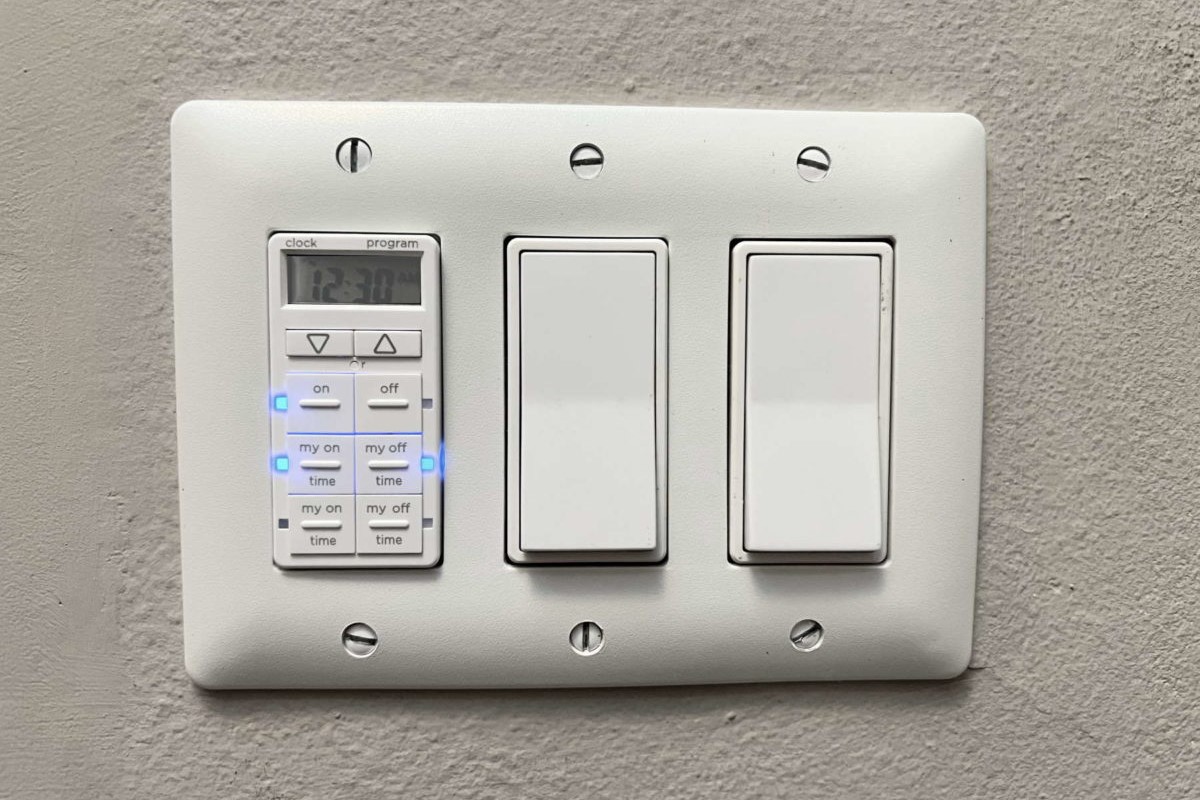
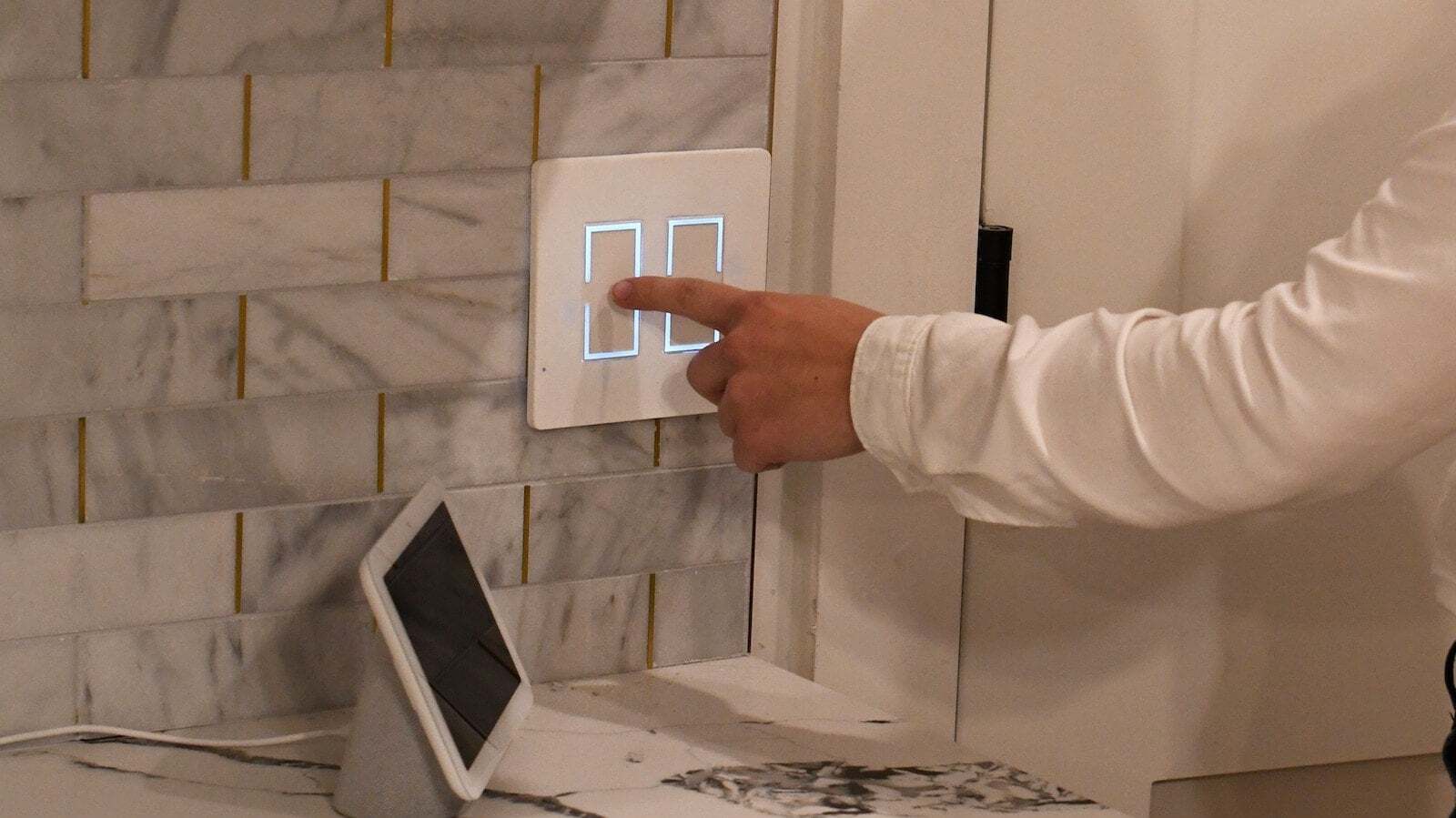

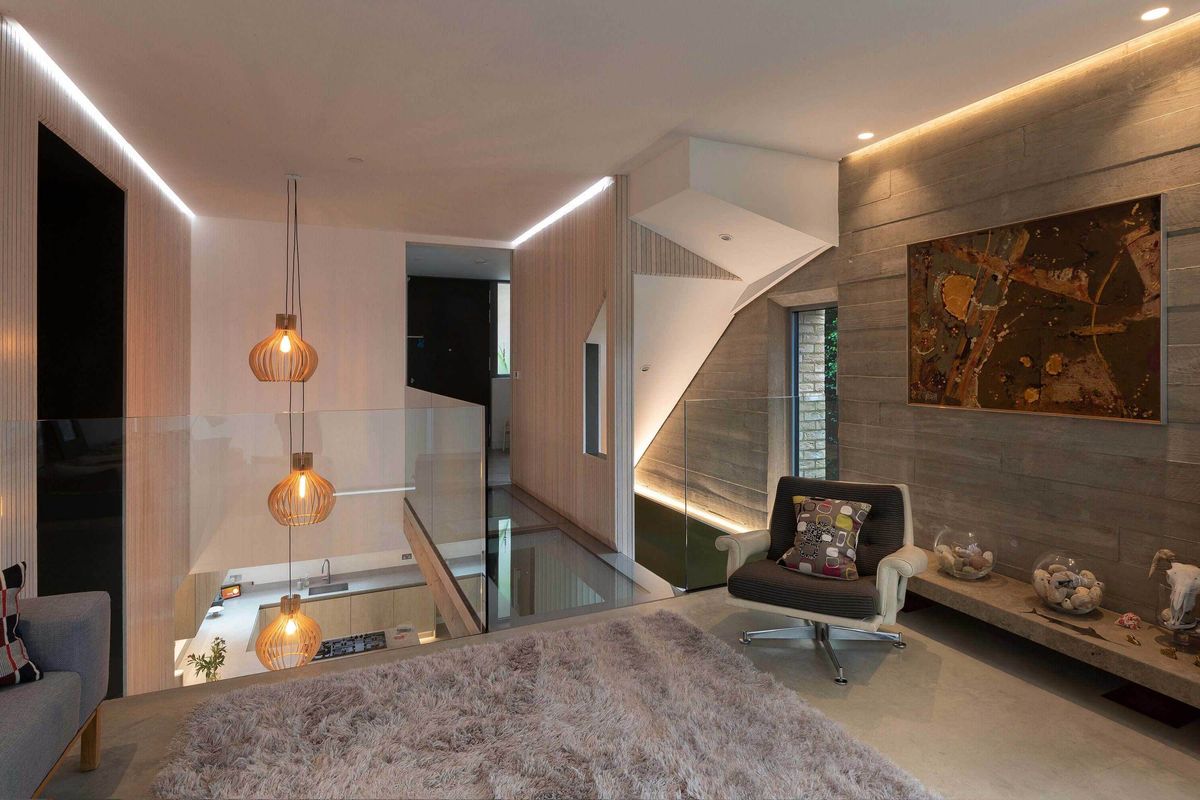
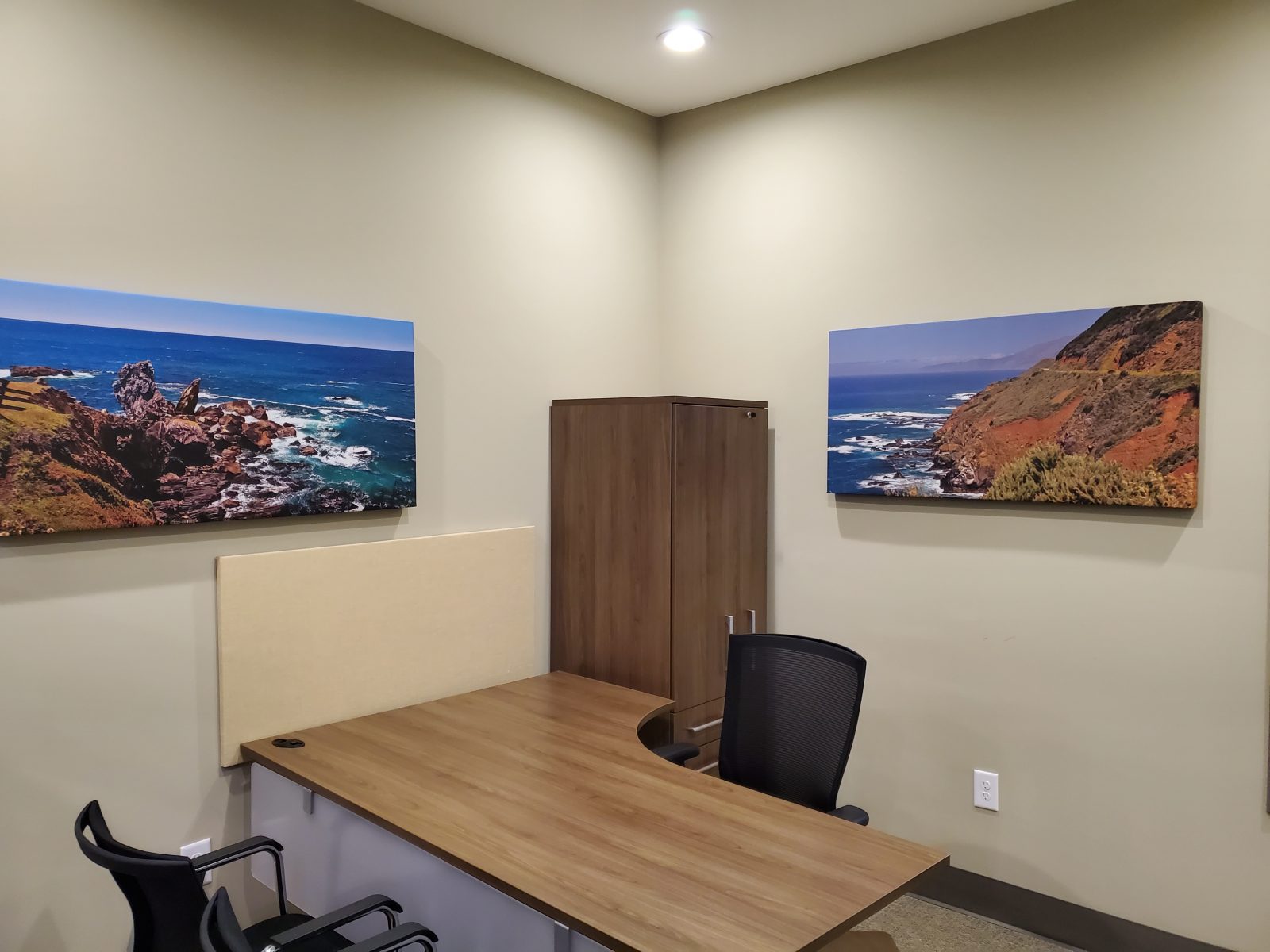
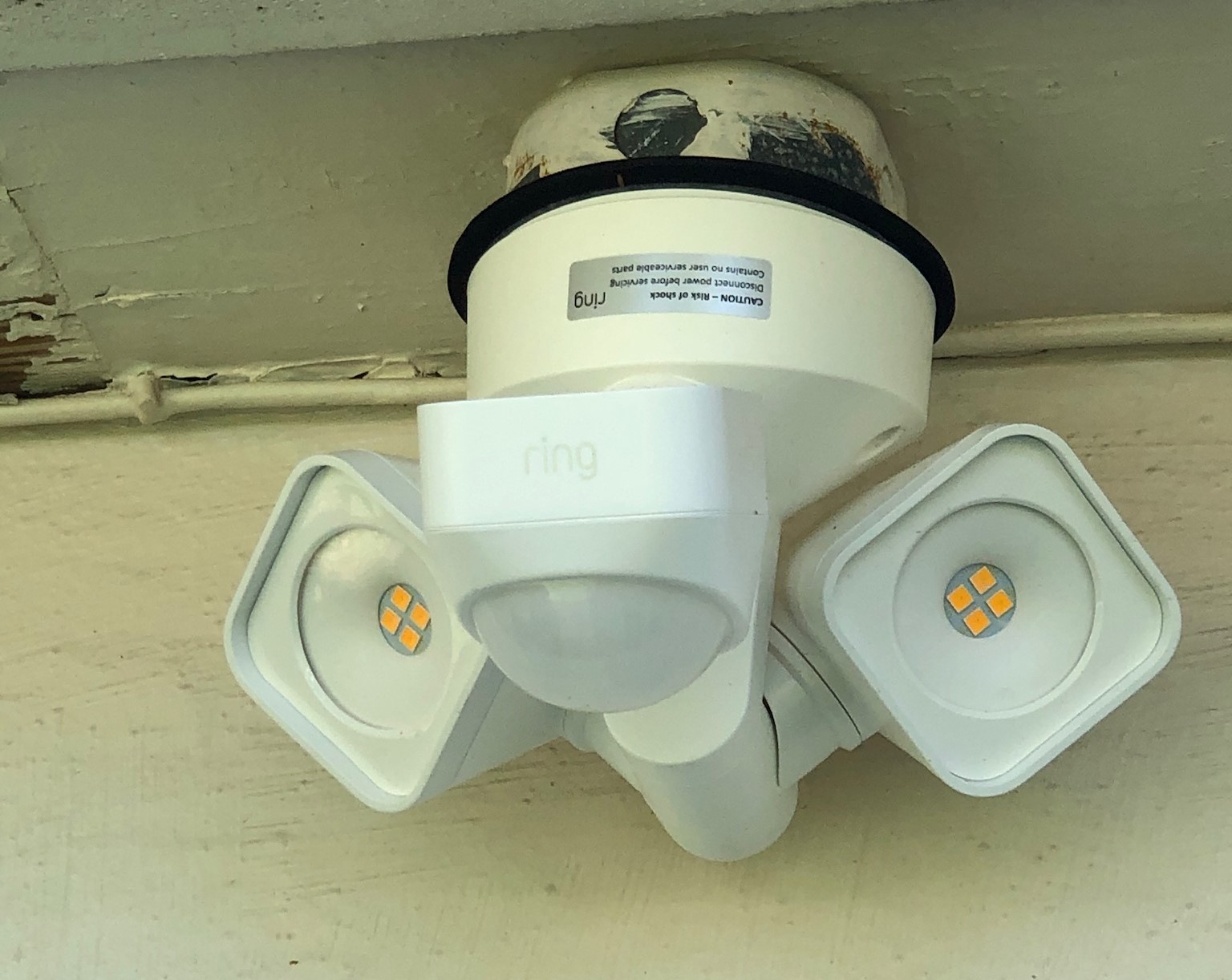
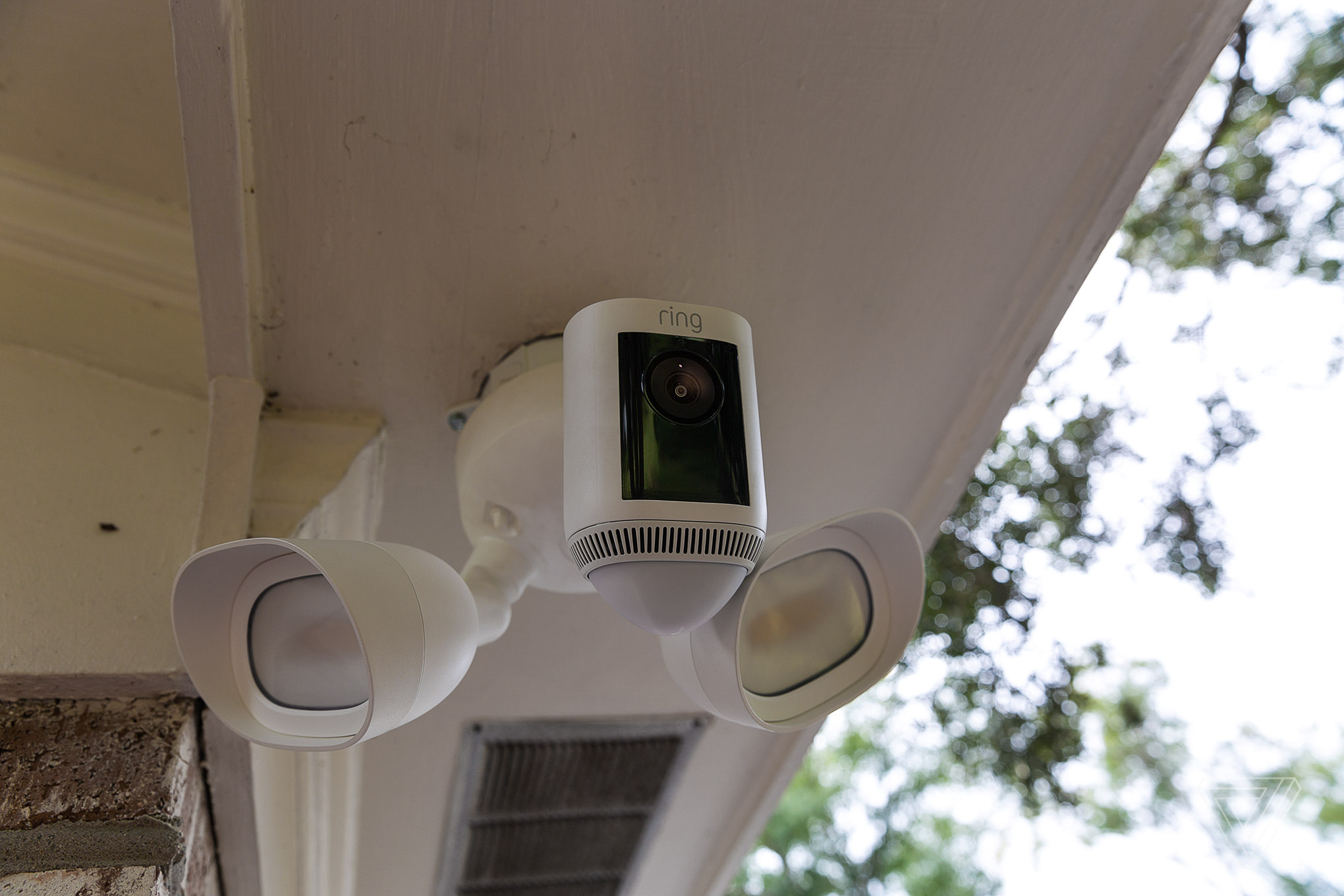

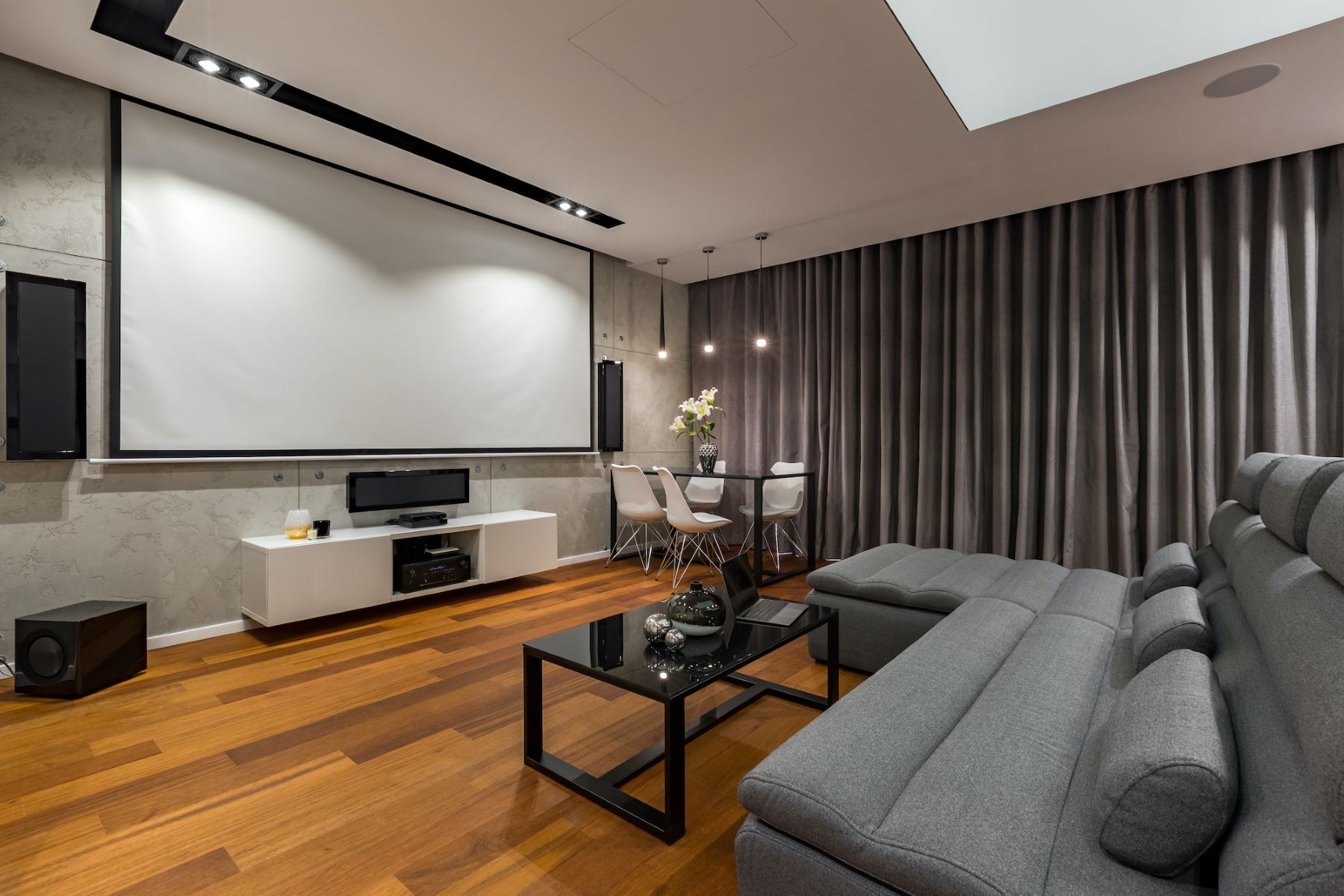
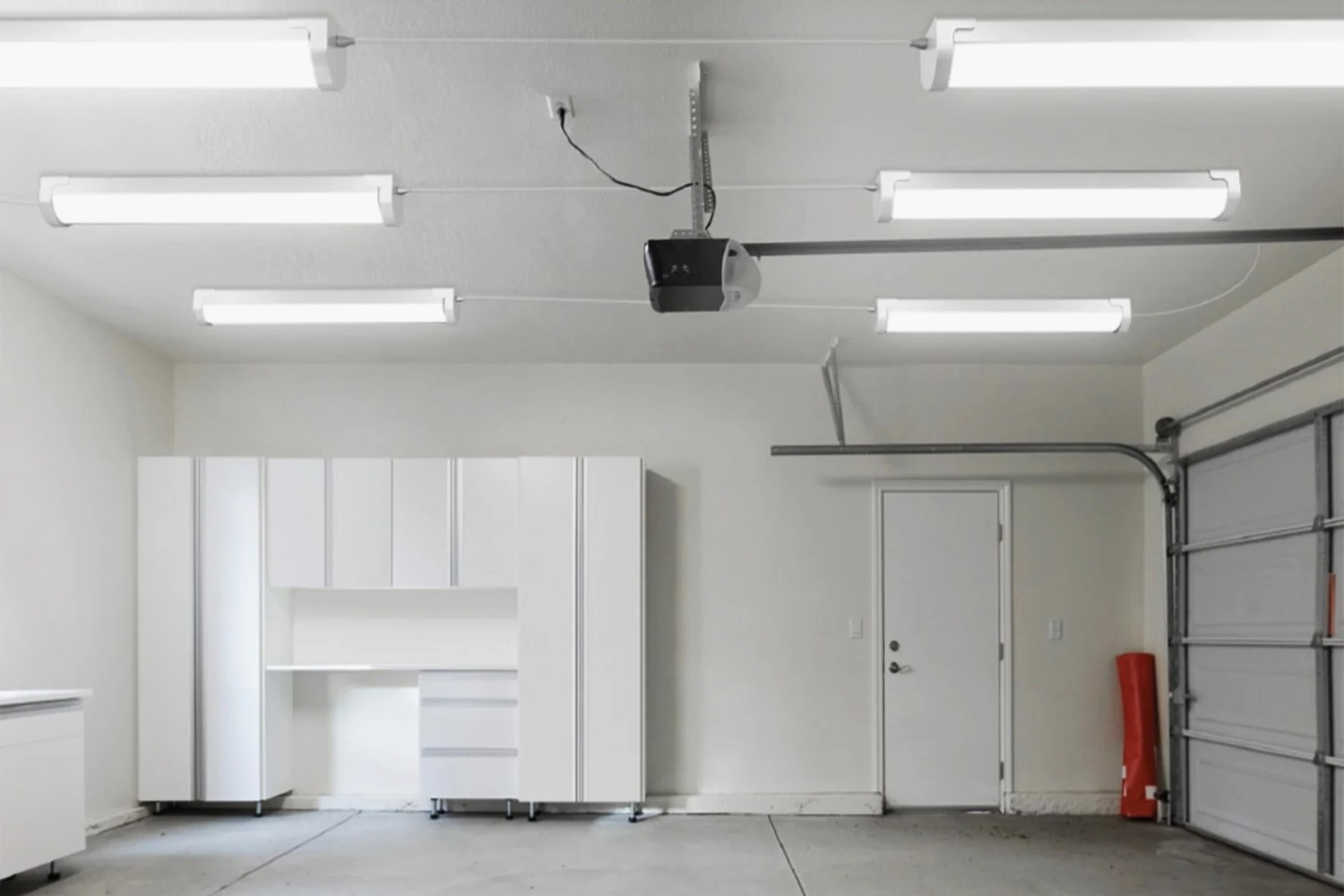
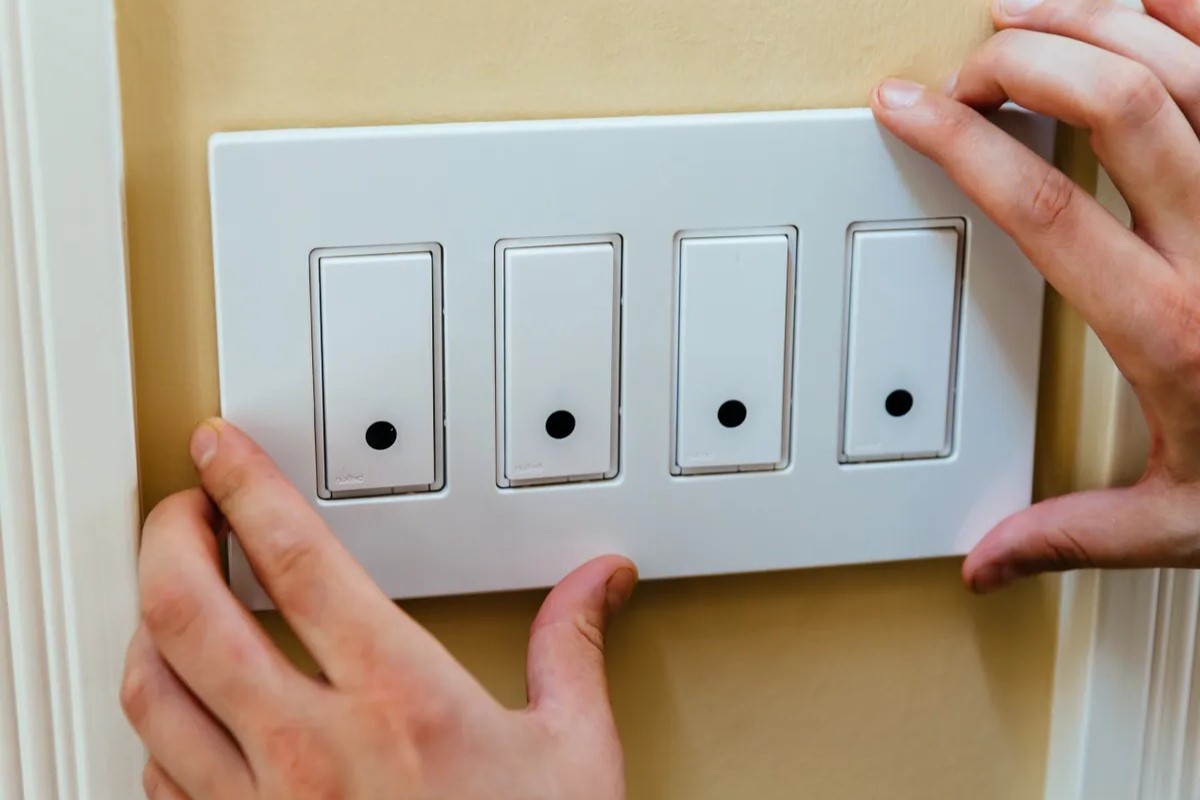
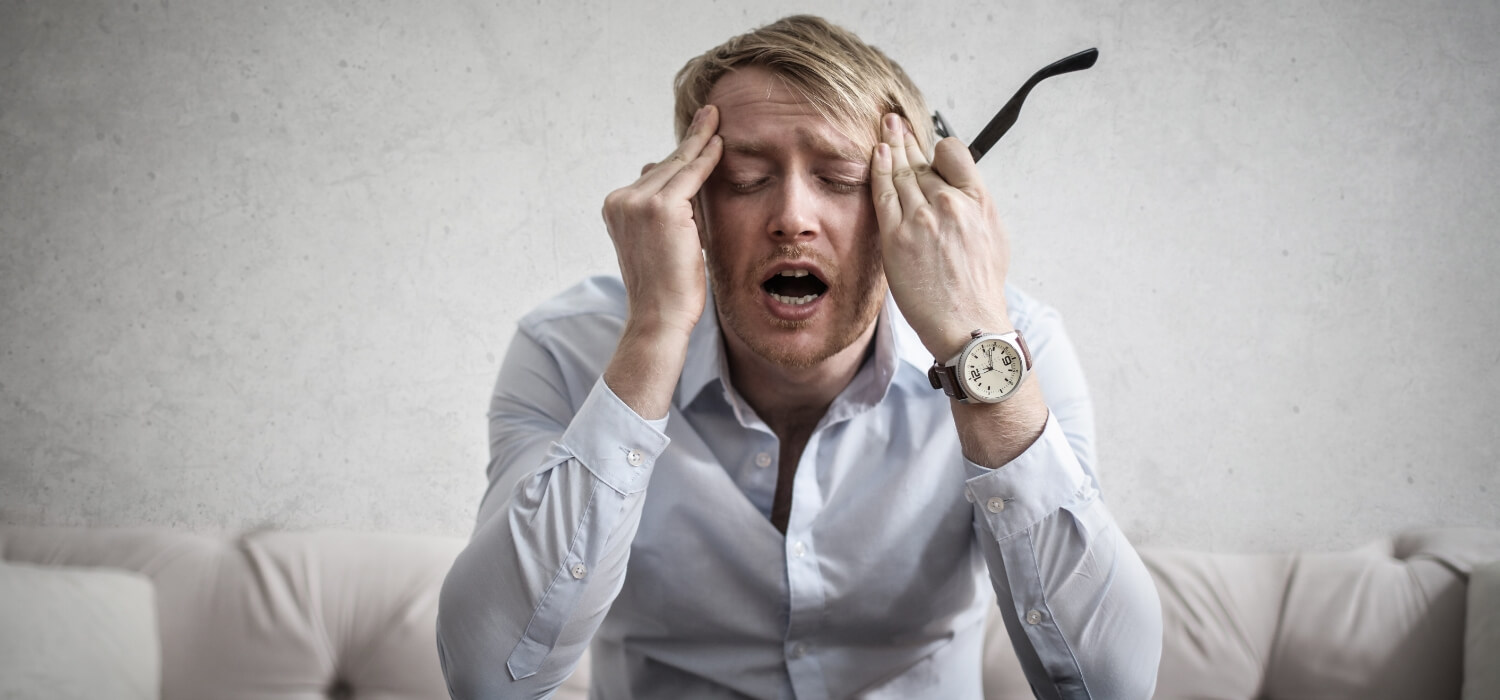
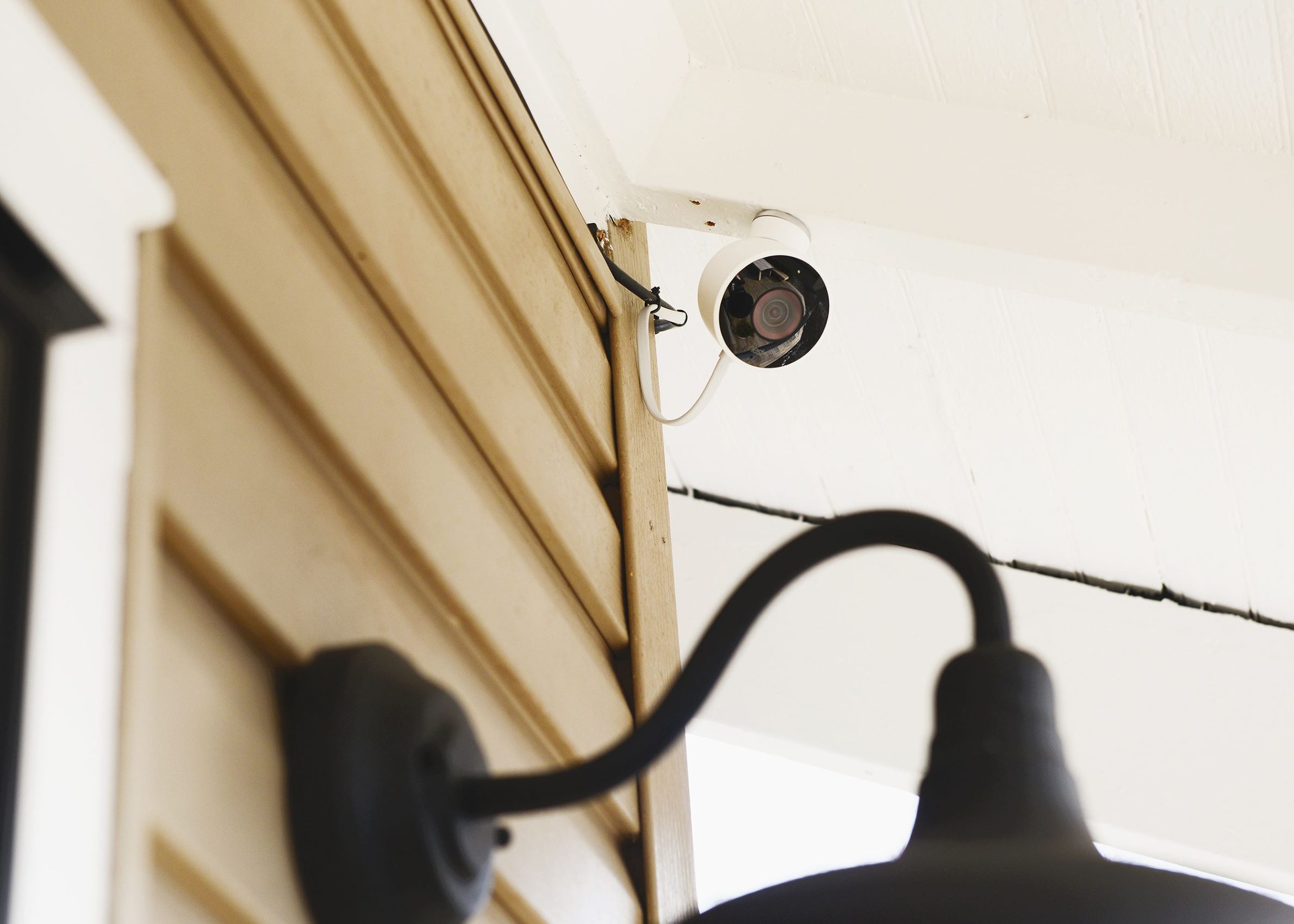
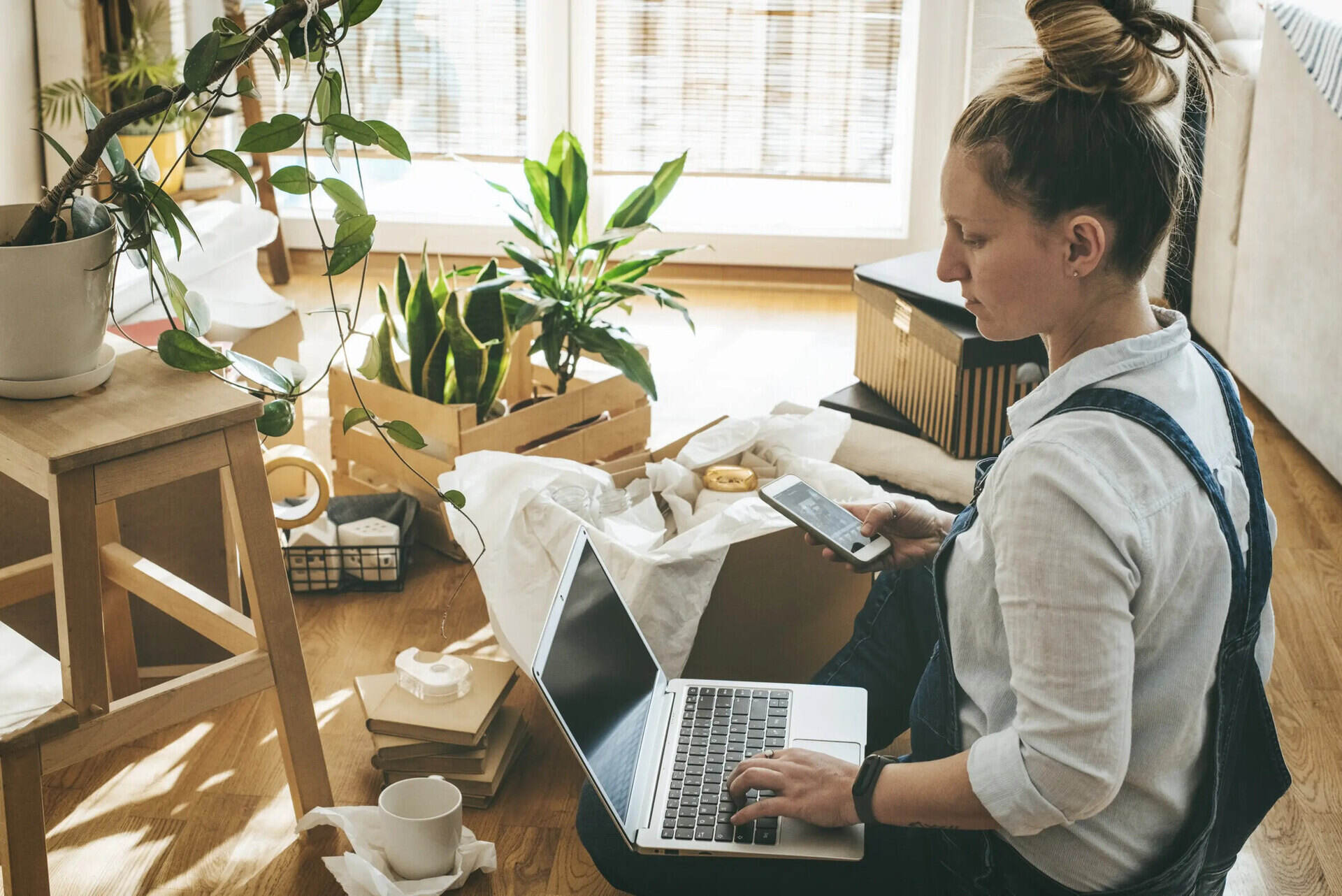

0 thoughts on “Home Office Bias Lighting Installation to Reduce Eye Strain”